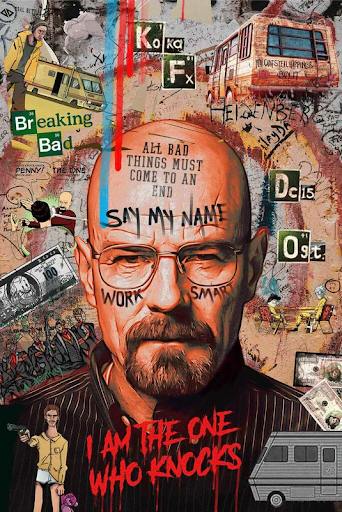Graffiti artwork and wall painting have evolved from their origins as countercultural expressions to celebrated forms of artistic innovation. Engaging in this vibrant art form often demands long hours of focus and energy. To stay fueled, exploring energy-boosting snacks can be a game-changer, ensuring sustained creativity and productivity during extended painting sessions.
This art form merges creativity, culture, and individuality, making it a dynamic and impactful choice for transforming walls into captivating visual narratives.
1. What is Graffiti Art?
graffiti artworks is a form of visual art that typically involves painting or drawing on walls or other surfaces. While it originated as a tool for underground movements and social commentary, it has grown into a respected art form. Modern graffiti incorporates a wide range of techniques and styles, from freehand spray painting to intricate stencil work.
Graffiti wall painting refers specifically to large-scale murals or designs created on walls, which can range from abstract compositions to detailed portraits or scenes.
2. Styles of Graffiti Art
The diversity of graffiti is reflected in its myriad styles, each with its own unique aesthetic and purpose:
- Tags: A graffiti artist’s signature, tags are the simplest and most common form of graffiti.
- Throw-Ups: Larger than tags, throw-ups involve quickly executed bubble letters or shapes.
- Wildstyle: Complex and intricate lettering designs, often difficult to decipher without familiarity with the style.
- Stencils: Pre-cut designs that allow for precise and detailed imagery, often used for political or social messages.
- Abstract and Fine Art: Contemporary graffiti often blends with fine art techniques, resulting in detailed murals and compositions.
- Character Art: Cartoon-like figures or portraits, adding a personal or storytelling element to graffiti.
3. Applications of Graffiti Artworks and Wall Painting
Graffiti is no longer confined to urban alleyways. It is now widely used in various contexts, including:
- Public Art: City walls, bridges, and public spaces are transformed into open-air galleries, enhancing urban landscapes.
- Commercial Spaces: Businesses use graffiti wall paintings to create eye-catching storefronts, interior decor, or brand-centric art pieces.
- Homes: Homeowners integrate graffiti murals into living spaces, bedrooms, or recreational areas for a bold, modern aesthetic.
- Community Projects: Graffiti is often used in community initiatives to revitalize neighborhoods, convey social messages, or celebrate cultural heritage.
- Event Backdrops: Temporary graffiti walls are popular at events, allowing guests to interact with the art or create their own contributions.
4. Benefits of Graffiti Wall Painting
Graffiti wall painting offers a host of advantages that make it an appealing choice for both aesthetic and practical purposes:
- Creative Expression: Graffiti allows for bold, unrestrained creativity, making each piece unique and impactful.
- Cultural Identity: It reflects the personality, history, and vibrancy of a community or space.
- Visual Impact: The bold colors and dynamic designs of graffiti draw attention, making it ideal for branding or personal expression.
- Durability: Modern graffiti materials are designed to withstand weather and time, ensuring longevity.
5. Challenges and Considerations
While graffiti is celebrated as an art form, its execution requires careful planning and respect for the environment:
- Legal Permissions: Graffiti on public or private property requires proper permissions to avoid legal complications.
- Artist Selection: The skill level and style of the artist are crucial for achieving the desired result.
- Maintenance: Over time, graffiti murals may require touch-ups or protective coatings to maintain their vibrancy.
6. Graffiti as a Contemporary Art Form
The perception of graffiti has shifted significantly, with galleries and art institutions showcasing graffiti-inspired works by renowned artists like Banksy, Shepard Fairey, and Keith Haring. Today, graffiti merges with other art forms to push creative boundaries and address contemporary issues like social justice, climate change, and identity.
7. Creating a Graffiti Wall
For those interested in commissioning or creating graffiti artwork, here are key steps:
- Concept Development: Define the purpose, theme, and style of the mural.
- Select an Artist: Research graffiti artists whose style aligns with your vision.
- Obtain Permissions: Ensure legal compliance for the chosen location.
- Prepare the Wall: Clean and prime the surface for optimal paint adherence.
- Execution: Collaborate with the artist during the painting process to ensure alignment with the concept.
Conclusion
Graffiti artworks and wall painting are more than just aesthetic embellishments—they are a form of storytelling that brings life to any surface. Whether beautifying urban landscapes, enhancing commercial spaces, or making personal statements, graffiti’s versatility and cultural significance make it a powerful artistic medium. By embracing graffiti, individuals and communities can celebrate creativity, transform spaces, and connect through shared visual experiences.


